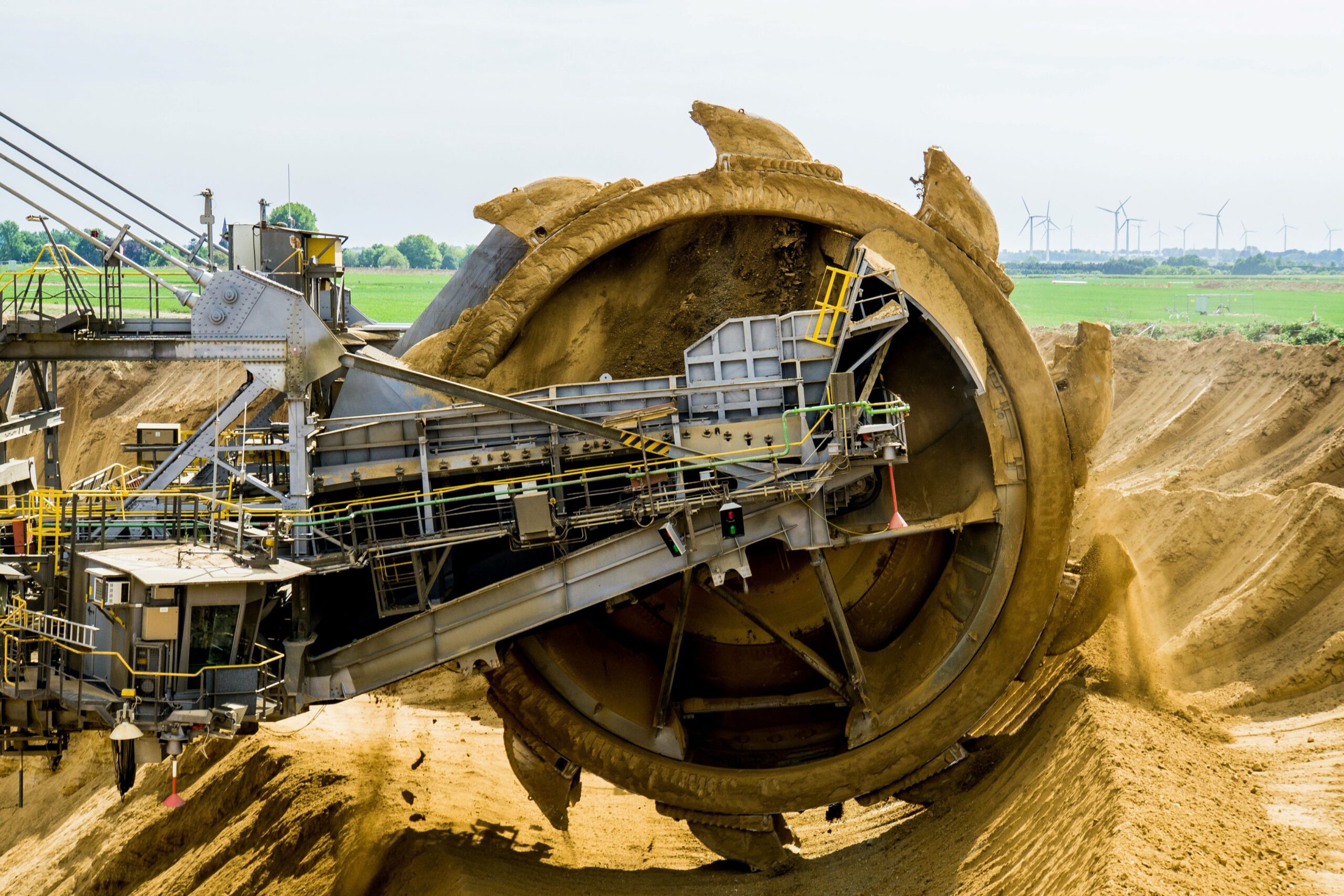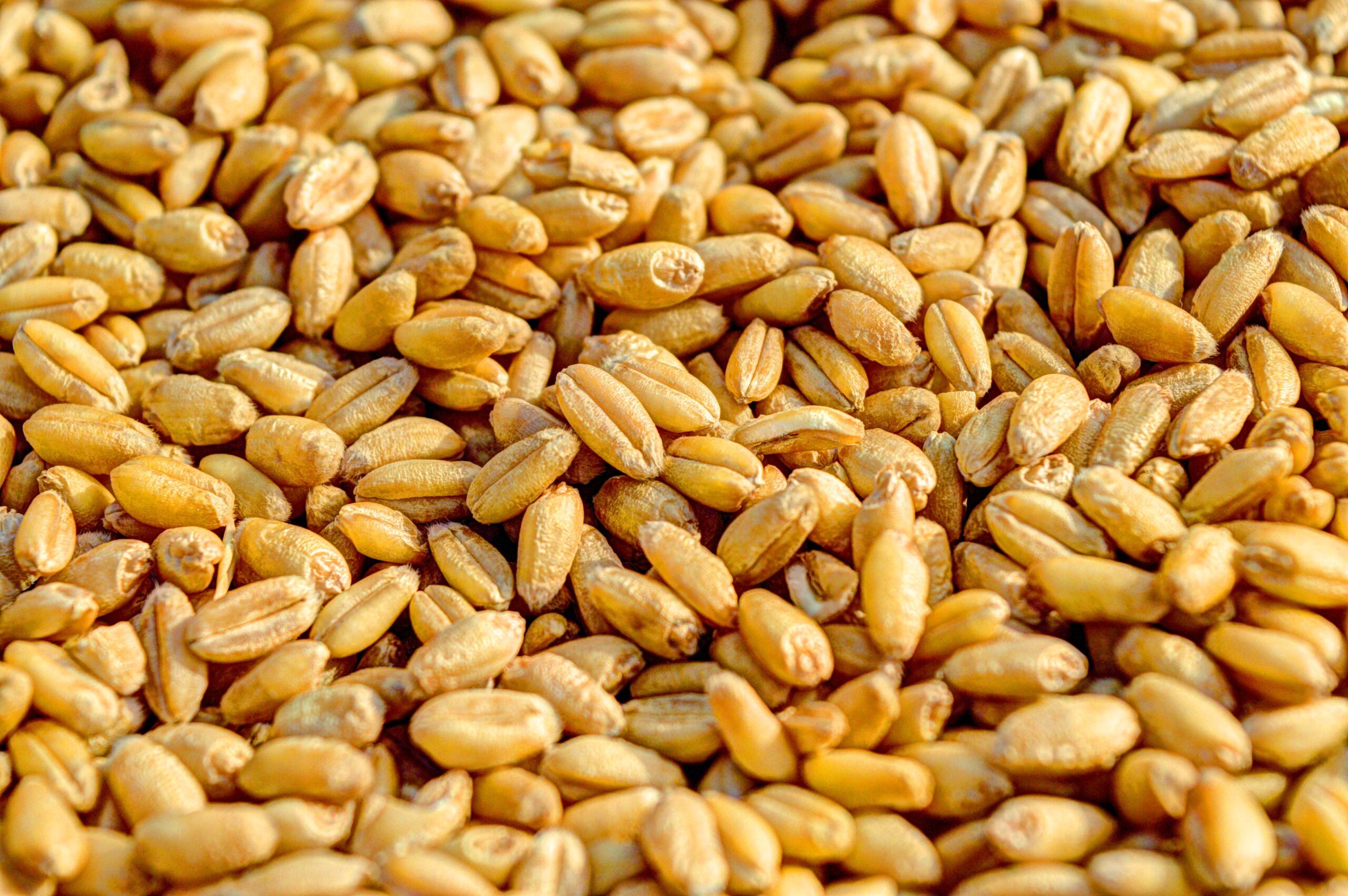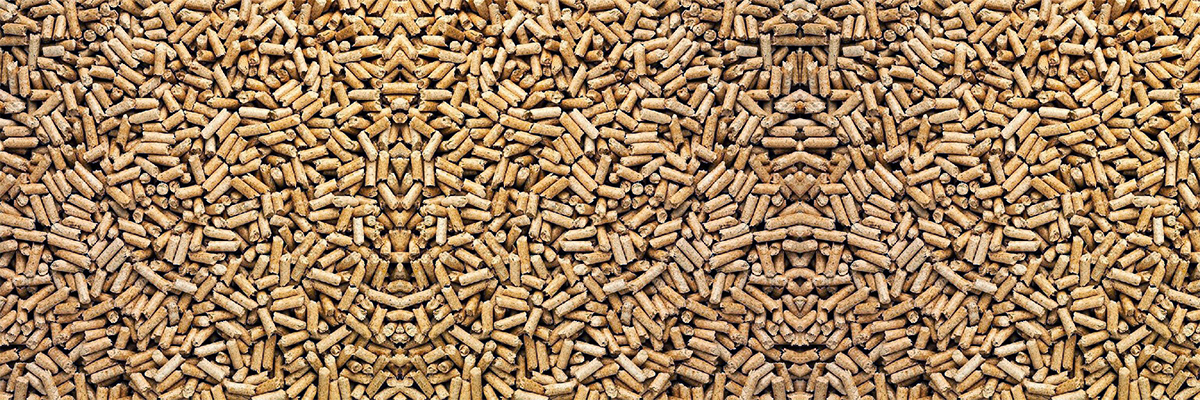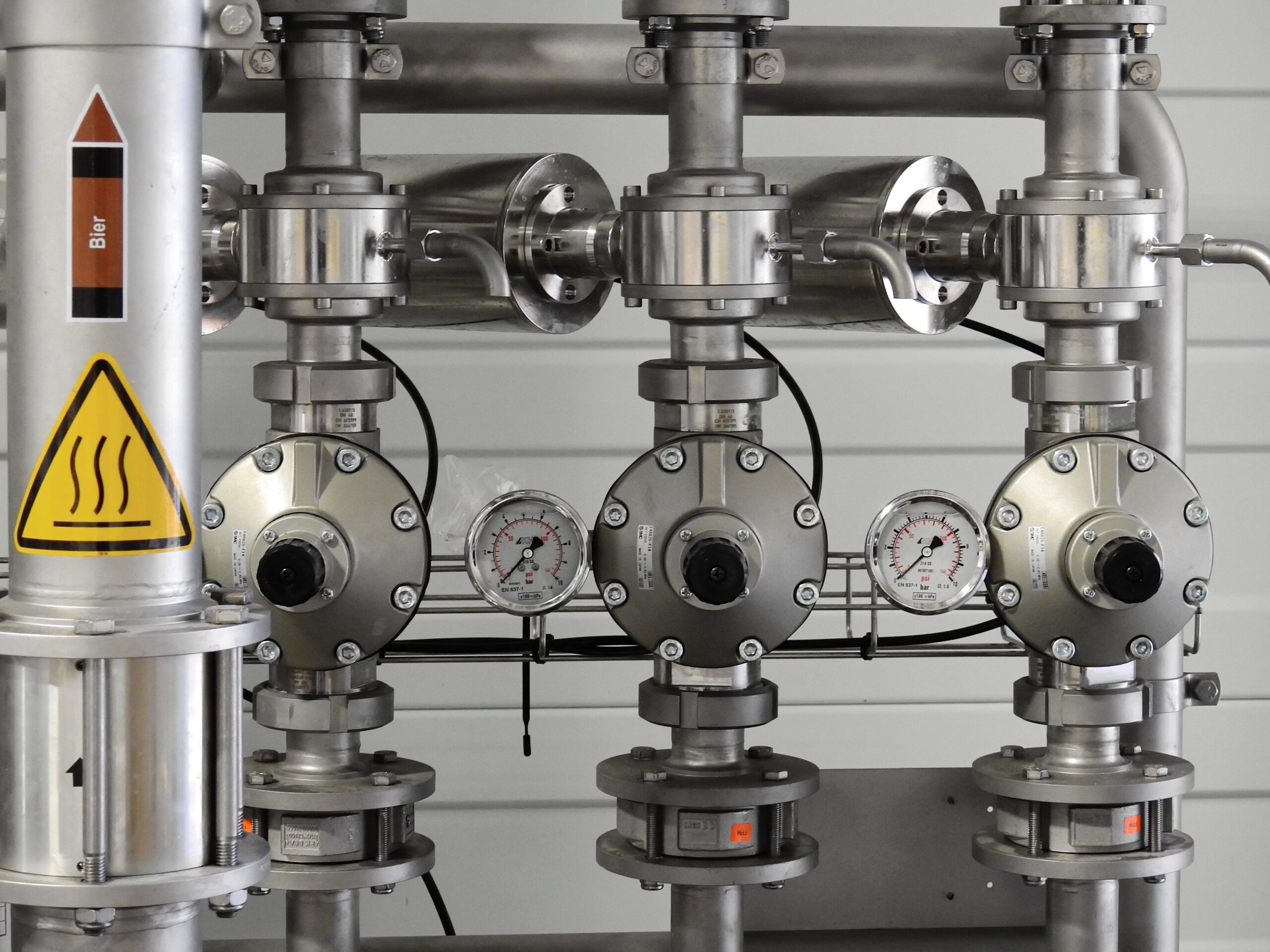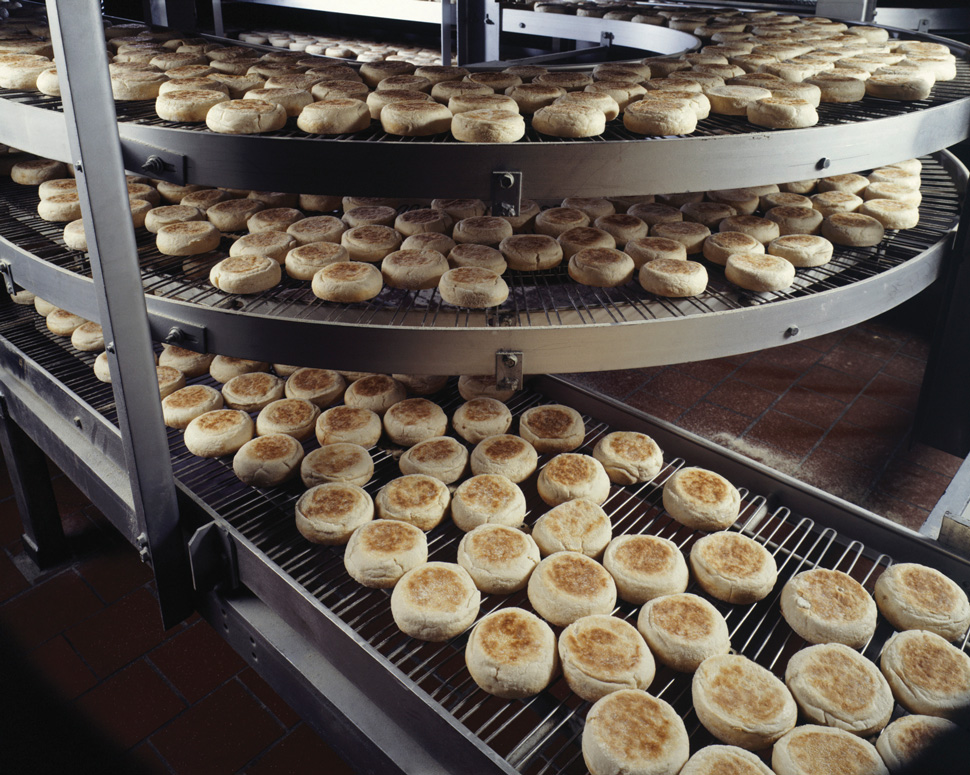Manufacturers of Shaft Encoders, Speed Relays and Vibration Sensors
Minimising downtime, optimising plant efficiency
The “Rotech” range of monitoring equipment is comprised of a range of motion sensors/encoders, vibration sensors and associated speed relays. The heavy duty sensors are installed on the end of the shaft or on the belt being monitored. They send an electrical signal proportional to the speed of the shaft/belt to a suitable control unit. The control unit can be a “Rotech” speed relay, a programmable controller, a computer, data logger device or other proprietary control equipment. The alarm level of the control unit is set to just below the normal running speed of the shaft.
In the event of the shaft/belt slowing below the set level, the control unit operates and can be connected to give an alarm to the operator and/or shutdown preceding items of plant. Wherever materials are transported or processed by conveyors, elevators, screws, crushers, mixers etc. there are applications for “Rotech” motion sensors/encoders.
Applications for Shaft Encoders, Speed Relays and Vibration Sensors
Excellent examples of applications include factories, quarries, mines, power utilities and dock installations which process food, grain, pharmaceuticals, chemicals, sand, stone, cement, ore, coal, ash, in factories, quarries, mines, power utilities, and dock installations.
A single conveyor may run for long periods without any problems, but not forever, the day arrives when it starts to slip or slow down and unless action is taken quickly to switch off the conveyor, crusher, or the plant that feeds it, then a major spillage can occur. In a large plant with many conveyors and drives, the potential for problems is multiplied by every additional drive element.

WORLDWIDE EXPOSURE!


